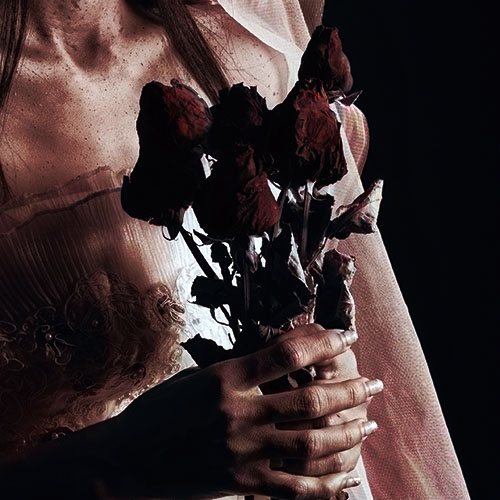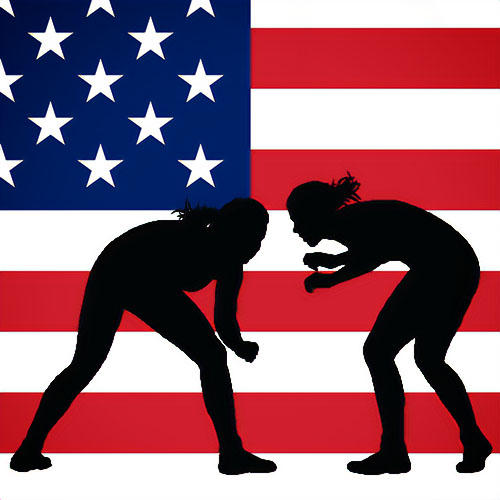Although Vidal thrived through his writing, he loved to portray himself as an anarchistic outsider, always being squelched by an evil empire whose establishmentarian tentacles were all-reaching and all-powerful.
Gore Vidal In Memoriam
When Gore Vidal died earlier this year, he was eulogized as one of the last great American men of letters. We couldn’t agree more.
Gore Vidal’s versatility was astounding: He triumphed as a novelist, an essayist, a memoirist, a playwright, a Hollywood screenwriter, and a television scriptwriter. But above all, he was a quintessential American contrarian, following and arguably surpassing such masters as H. L. Mencken, Mark Twain, and Sinclair Lewis.
As Gore once said, “The corporate grip on opinion in the United States is one of the wonders of the Western world. No First World country has ever managed to eliminate so entirely from its media all objectivity — much less dissent.”
In his best-selling novels, Vidal’s bold opinions reached millions. He preferred Aaron Burr to Alexander Hamilton. Thomas Jefferson “never did any one thing particularly well — except of course the pursuit of power.”
Abraham Lincoln was a syphilitic despot; Harry Truman, the architect of the Cold War who recognized Israel because he was bribed. Vidal’s hit play The Best Man outraged liberals when it opened on Broadway in 1960, because the ruthless Richard Nixon character was so much more competent than his decent, progressive opponent. Even Andy Warhol, who certainly could have matched Vidal in cynicism, couldn’t escape censure: The Pop artist, Vidal sneered, “is the only genius I know with an IQ of 60.”
Although Vidal originally supported John Kennedy’s presidency (he was related to Jackie Kennedy’s family), he turned against JFK. His “presidency appalled me,” he told Penthouse in a 1975 interview. “He began with an invasion of Cuba that failed and he ended with the Vietnam War beginning.” Vidal went on to explain why he had been “positive something awful would happen [to Kennedy] of a sexual nature.”
Vidal said, “One thing [Kennedy] never forgot was sex. He used to ask me about this girl and that girl. What was she like? Could it be arranged? He checked out everybody. He just went down the line. He was wild for Joanne Woodward. He knew that Joanne and Paul Newman and I were all living together in a house and wanted to know all about that. He said he found her very attractive and would like to meet her sometime.
‘Oh, come off it,’ I said. ‘She’s all wrapped up in Paul.’ ‘Well,’ he said, ‘what difference does that make?’ He was very royal about those things.”
But when it came to royal perversity, probably none of Vidal’s creations could match that of Caligula, the murderous, insane, incestuous Roman emperor. When Penthouse founder Bob Guccione first read the screenplay called Gore Vidal’s Caligula, Guccione — who, like Vidal, saw himself as an anti-establishment warrior — was immediately attracted by Vidal’s unique portrayal of the historically infamous tyrant.
The director Guccione hired for the project, Tinto Brass, described the screenplay’s hero as “an anarchist who gets power,” (as reported in the book Ultimate Porno).
“Caligula was not crazy,” Brass went on. “He wanted the system to work for everyone …. Of course you can’t reform power …. It eats you. He fucks with his bosses, the senators and generals and priests, and they have to kill him; it’s as simple as that.”
But unfortunately, Vidal didn’t realize that Guccione was committed to showing Caligula as a sexual anarchist, and had no compunction about transforming Vidal’s screenplay into what ultimately became the most expensive, most extravagant erotic film ever made. The inevitable lawsuit ended with Guccione winning but Vidal getting his name taken off the film’s title.
Guccione, who had published Vidal in Penthouse, including an interview in which the writer decried the “tyranny of the female orgasm,” never really understood why Vidal was so furious about the emphasis on sex in Caligula. After all, Vidal had first made his reputation with a ground-breaking novel about homosexuality and was not shy on the subject, once saying, “There is no such thing as a homosexual person, any more than there is such a thing as a heterosexual person. The words are adjectives describing sexual acts, not people. The sexual acts are entirely normal; if they were not, no one would perform them.”
Guccione probably made the mistake of thinking that Vidal’s glib words truly reflected reality. Years later, in Vidal’s memoir Palimpsest, he boasted that by the age of 25 he had slept with more than 1,000 men and women. But, more telling, when writing about his long time companion of 53 years, he confessed that in all the time they lived together, they never had sex. Perhaps when it came to his own most personal emotions, the verbally promiscuous Vidal was, at heart, a secret Puritan.
We have by this time covered Caligula a few times in these digital pages, but in case you missed the Penthouse Magazine take on the film a couple of years ago, we can find it some observations easily. They have been working for going 3+ years now on a restoration (or reimagination) of the movie itself, and in looking for a link to provide for progress on that project, we learned about a book in the making too. It appears to be all pictures, so Gore Vidal would likely not have approved of this either, but, hey, he’s dead, so we’re running some teaser pictures anyway.
Some Tursi Comments from the Press Release
The book presents over 200 rare or previously unseen photos taken on the set of the film by legendary Italian still photographer Mario Tursi, best known for his work with Italian directors Pier Paolo Pasolini and Luchino Visconti as well as his long collaboration with Martin Scorsese on the sets of Gangs of New York and The Last Temptation of Christ. …
Caligula: The Mario Tursi Photos will be published in three limited editions, a standard hardcover edition of approximately 2,000 copies, a slipcase edition of 200, and a special clamshell edition of only 24 copies that come with a single frame of the original camera negative shot in 1976.
The release says this all ended in June 2021, but it also says “while supplies last” and you can still pre-order on the site, so if you have an interest in that book, we say go for it. (Full disclosure, Go For It pretty much tends to be our motto around here in general.)































